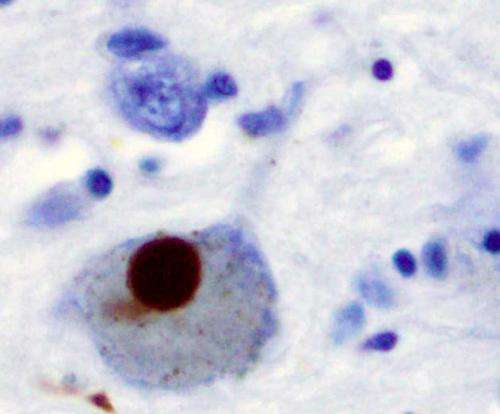A hopeful new strategy for treating Parkinson's disease

A novel compound developed by a team led by the University of Colorado Boulder may be therapeutic in suppressing misguided inflammatory responses by a set of immune cells known as microglia to perceived damage to the brain and nervous system.
The targets of the drug are two cell receptors that sit on the surface of the microglia and which have evolved to identify danger to the cells and to activate an immune response, said Associate Professor Hang Hubert Yin of the BioFrontiers Institute. The drug, known as CU-CPT22, acts on the receptors to keep inflammation at bay, which could be a new strategy for treating Parkinson's disease, said Yin.
"This is exciting for us," said Yin. "We are suggesting an entirely new strategy for treating Parkinson's disease – one that we think will be more effective, and one with a potential drug that patients may access in the future."
A paper on the strategy by Yin, BioFrontiers researcher Kui Cheng and colleagues from the Georgetown University Medical Center appeared May 12 in Science Signaling.


















